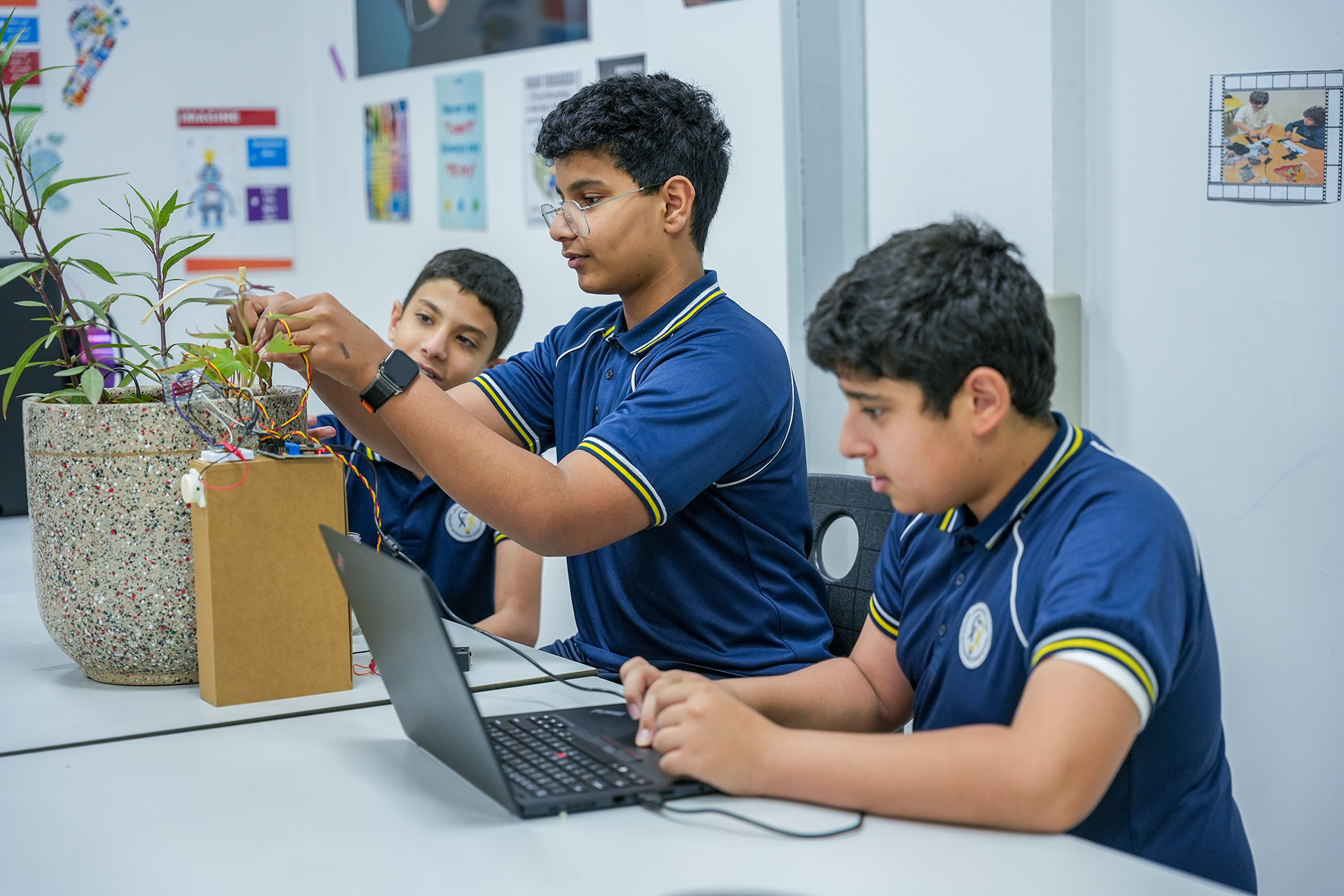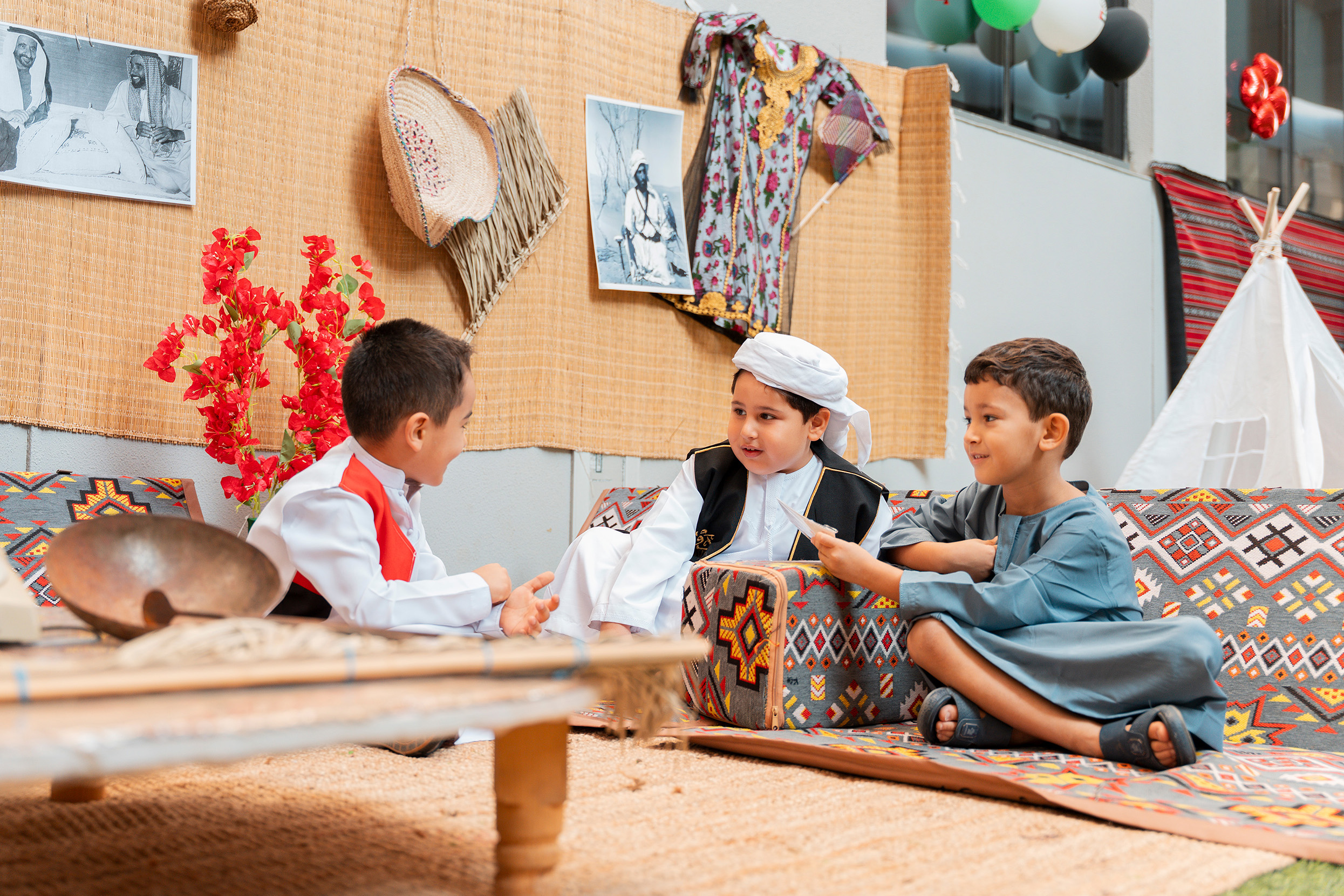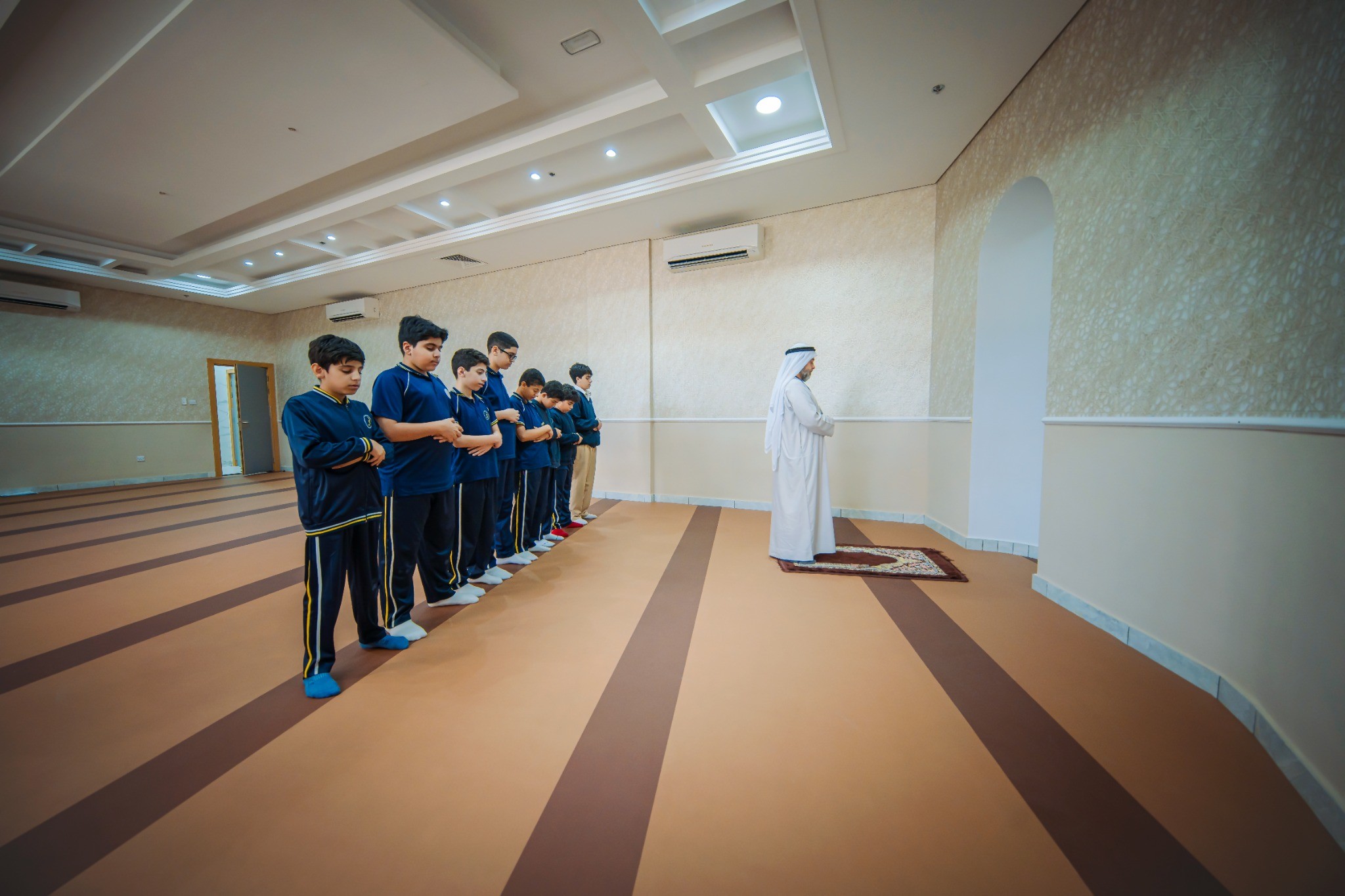

From Garden to Lab: Agriculture & Sustainability at SSI (American Curriculum STEAM)
22
September،
2025
At the School of Scientific Innovation (SSI) in Sharjah, sustainability is hands-on. School gardens, hydroponics, and coded sensors turn science into real projects, exactly what families look for when they search “project-based learning American school UAE.” This American-curriculum STEAM pathway builds scientific thinking, teamwork, presentation skills, and a portfolio that supports US-style college pathways.
Why From Garden to Lab?
We connect classroom learning with real life. Students move from soil and hydroponic beds to the lab, where they program sensors, analyze data, and present their findings. Curiosity becomes outcomes you can see and measure.
What students actually do?
- School gardens: Prepare beds, select suitable seeds for Sharjah’s climate, plant, mulch and harvest.
- Hydroponics: Grow leafy greens and herbs without soil to conserve water and space.
- Water stewardship: Install drip lines, use mulch to reduce evaporation, and schedule irrigation for cooler hours.
- Soil health: Test pH and texture, add compost, rotate crops, and plant cover crops to prevent depletion.
- Composting: Turn food scraps and garden waste into nutrient-rich compost that replaces chemical fertilizers.
- Seed saving: Collect, dry, and store seeds to reduce cost and preserve hardy varieties adapted to our environment.
- Waste reduction: Reuse containers, avoid single-use plastics in the garden, and upcycle materials for trellises and beds.
Why it matters?
- Real environmental impact: Less water use, fewer synthetic inputs, and healthier soil.
- Food awareness: Students see where food comes from and what it takes to grow it responsibly.
- Healthy habits: Fresh produce encourages better eating choices and respect for natural resources.
Learning outcomes?
- Understand seasonal planting, germination, and basic plant care.
- Read simple garden records (watering logs, growth notes, harvest totals).
- Make informed choices about water, soil, and plant selection for our local climate.
- Work safely and respectfully in shared green spaces.
Recent Posts


